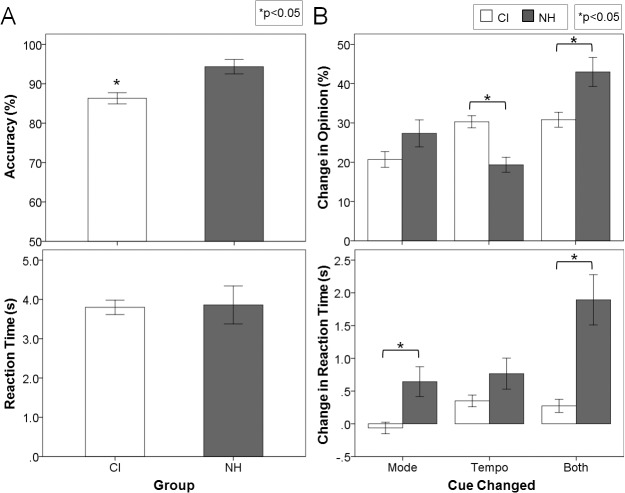Fig 3. CI children rely mostly on tempo cues to detect emotions in music.
(A) Mean accuracy (top) and reaction time (bottom) for child CI users (white bar) and normal hearing children (grey bar) for the original version of the MEI test: although well above chance and with similar reaction times, CI children identified the emotions with significantly less accuracy than their normal hearing peers; (B) Percentage change in opinion (top) and change in reaction time (bottom) for CI users (white bar) and normal hearing children (grey bar) for the other three experimental conditions: implanted children changed their opinion to a greater extent when tempo changed, while children with normal hearing were affected more by a concurrent change in mode and tempo. Error bars indicate standard error. * p<0.05

